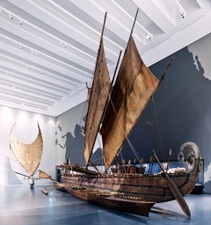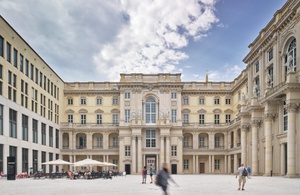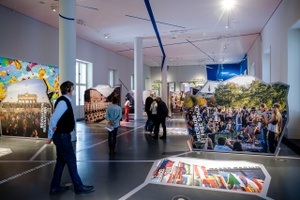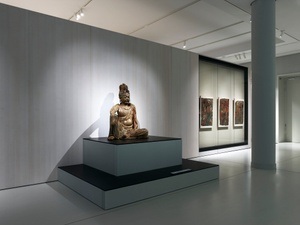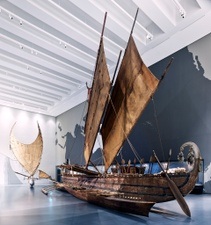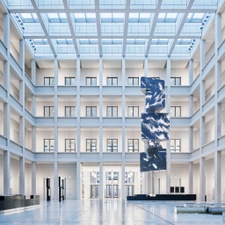Die Orientalisierung des Heiligen Landes: das Heilige Land – ein realer Ort? BILDER VON PALÄSTINA: Ein Vortrag mit Irit Neidhardt
In the organizer's words:
Everyone has an image of Palestine, be it photographic, cinematic, political, religious or a very private memory. Images from or about Palestine appeal to many people emotionally. When Palestine is brought up at private or public gatherings, debates in Germany - if they are allowed to take place - are usually more heated than discussions about other countries, more so than ever in view of the current war of annihilation against Gaza. Where does the close connection come from, and what does it have to do with the images we grew up with and which still surround us today?
But where is 'the Holy Land' actually located? Sacredness arises within the believers, and a person, an object or a place only becomes sacred through the attribution of a religious meaning. How does this process affect those who actually live in a sacred place every day? Who perhaps do not share the religiosity ascribed to the place? And how does it affect those who do not live there and for whom holiness is more important than the actual place and its inhabitants?
Christian travelers have gone to the Middle East over the centuries under various historical and political conditions in search of the land described in the book that is sacred to them. This lecture will focus on the period from around 1830-1948, between the beginning of photography and the Nakba. How did their gaze and the resulting pictorial representation contribute to orientalizing the Holy Land and shaping the image of Palestine in Europe today? How do her images of the Palestinians still influence prevailing representations and perceptions today? And how does this shape the way in which Europeans view, judge and treat the disputed land, once universally called Palestine, today?
Using images, mostly created before the Nakba, the expulsion and flight of the Palestinians that began in 1948 and is currently experiencing a new climax, this lecture deals with the question of who depicted Palestine, when and for what purpose. In addition to Christian-religious photography, it also deals with British-colonial and Zionist images as well as Palestinian everyday and press photography.
Different types of images are examined with regard to the political, cultural and economic interests and conditions for their production and distribution. On the basis of image politics, power relations, possession and appropriation, displacement, expulsion, denial and evidence are made visible in the truest sense of the word.
The lecture will be followed by an opportunity for questions and discussion. Lecture in German, questions and contributions to the discussion are also possible in Arabic and English, we will translate to the best of our ability.
Curated and moderated by Cora Josting.
Irit Neidhardt
(born 1969) studied political science, Islamic studies and ethnology and has worked as an author, curator and freelance researcher on cinema and the Middle East since graduating in 1995. In 2002, in addition to her freelance work, she founded the international distribution and sales company mec film for films by Arab directors.
Irit Neidhardt is co-producer of several award-winning Arab documentaries and author of numerous articles on cinema and the Arab world, in which she focuses on questions of cooperation and co-production between Europe and the Middle East. From 2014 to 2016, she was an Honorary Fellow at the European Center for Palestine Studies at the University of Exeter in England with a research project on cinematic cooperation between the PLO and the two German states. She is a lecturer at the Film University Konrad Wolf in Babelsberg.
This content has been machine translated.





